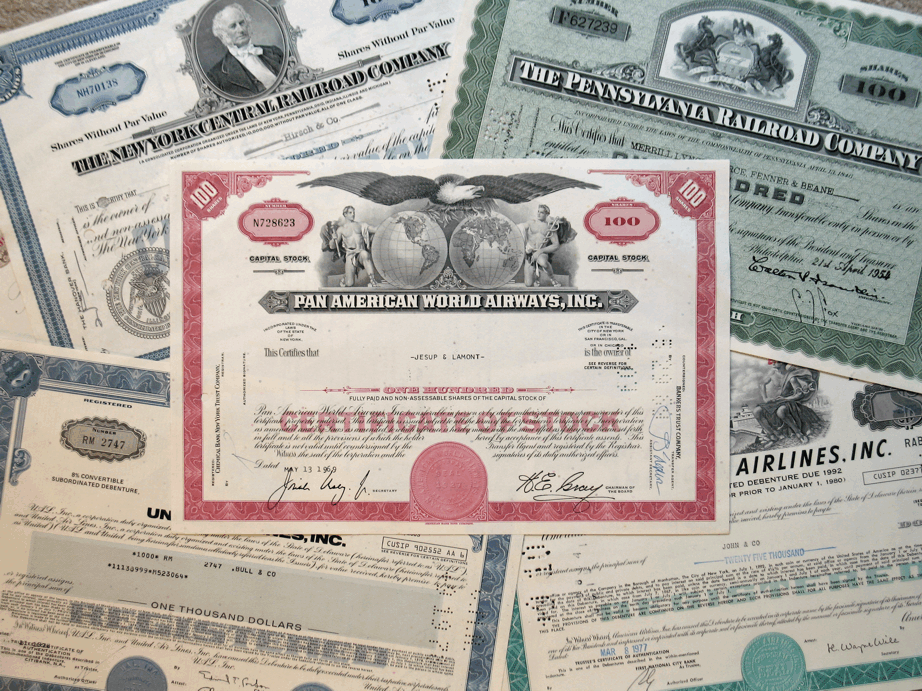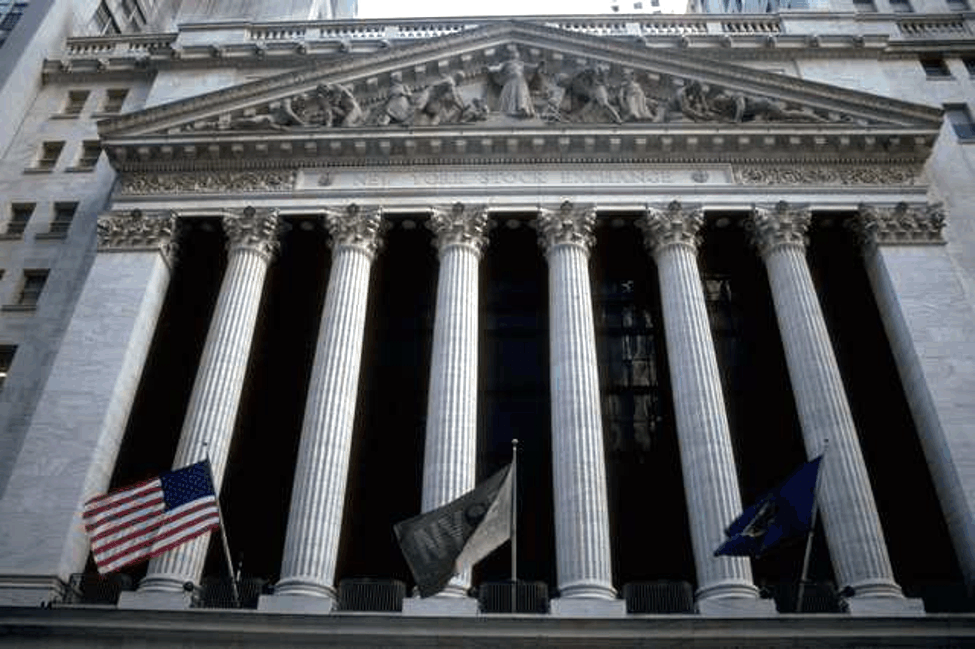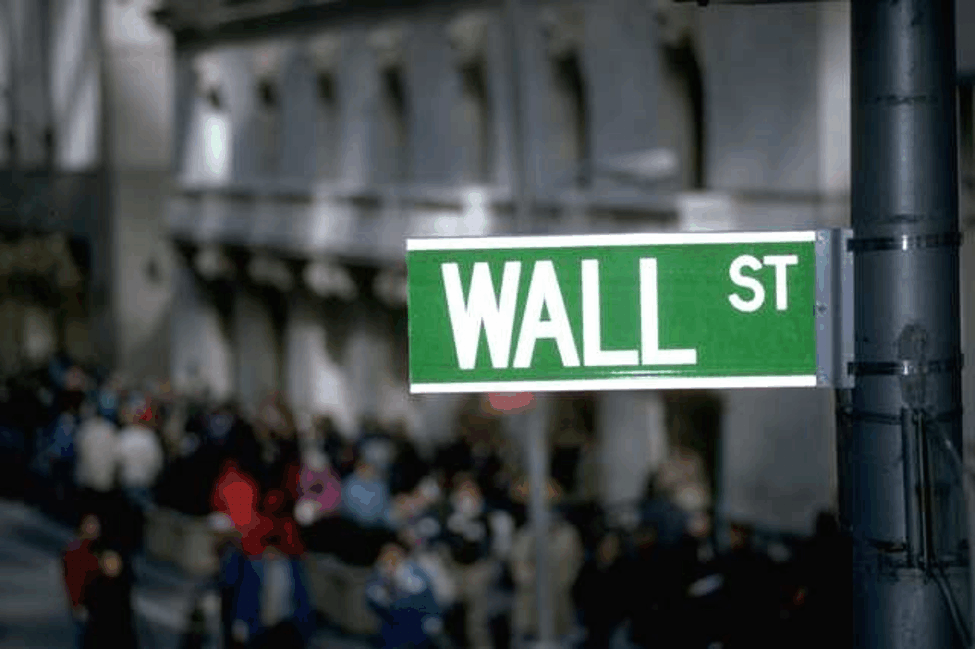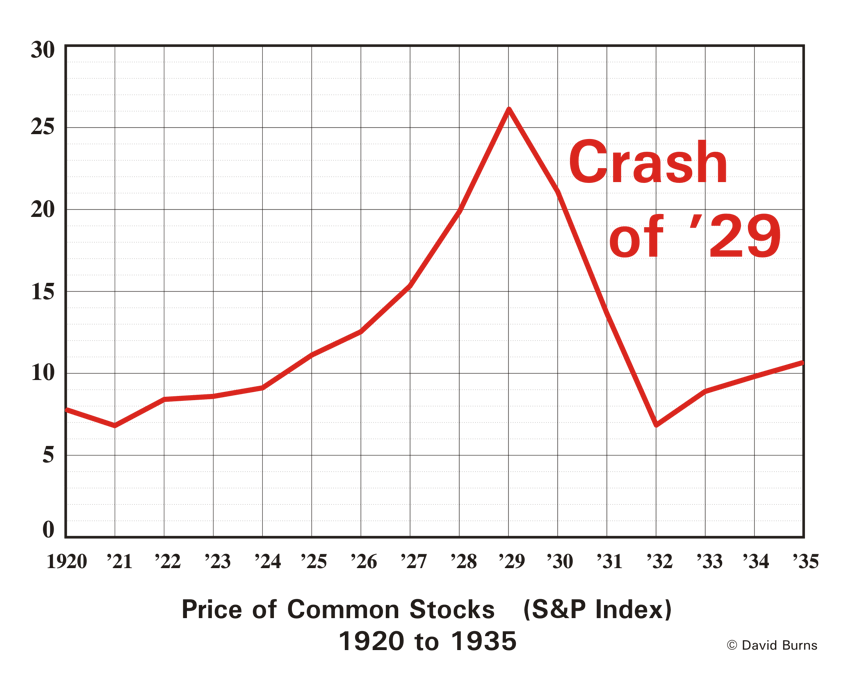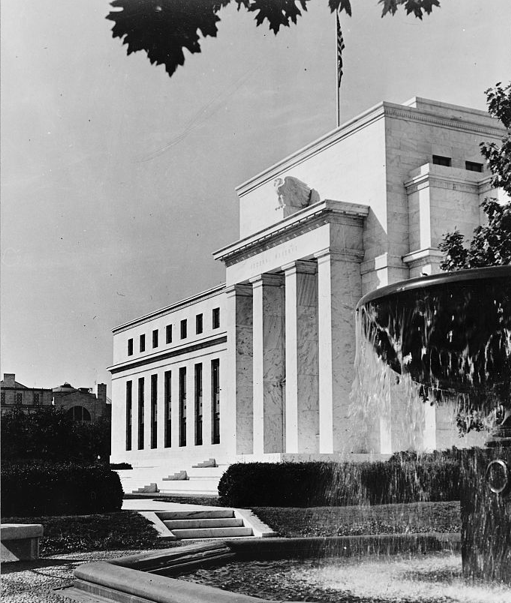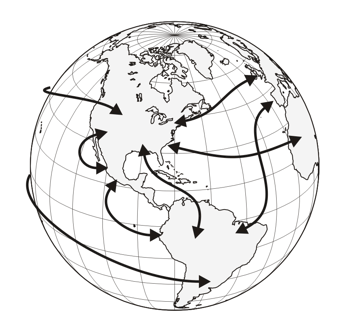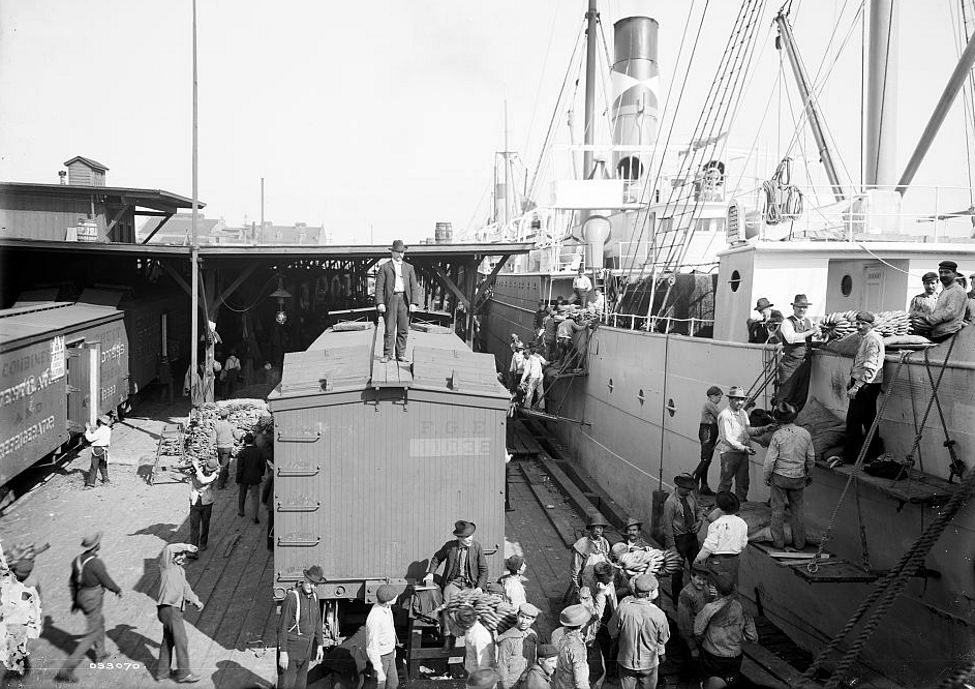Here are three of the main causes of the Great Depression:
|
1.
The Stock
Market
Crash
of 1929 Shares of stock represent part ownership of a corporation. They can be bought and sold by the public or by other businesses. Starting around 1925 the price of stocks began rising to high levels. Investors kept buying, however, in hope that prices would go even higher. In 1929, many of these investors started selling, and stock prices fell very rapidly. |
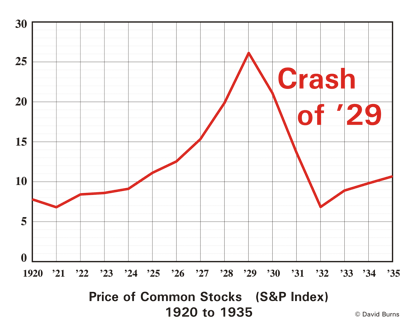 |
